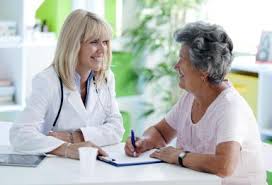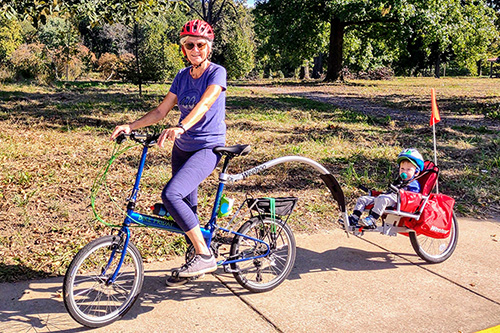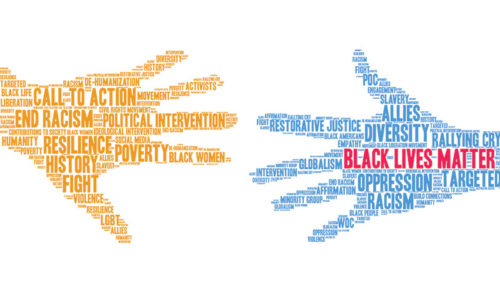October is National Breast Cancer Awareness Month. Cancer is a scary word, but understanding breast cancer risks can allay fear and reduce unnecessary stress. Let’s start with frequently asked questions.
 Does the risk of breast cancer increase with age?
Does the risk of breast cancer increase with age?
The answer is yes, according to a National Cancer Institute report. The report indicates the risks that a woman will be diagnosed with breast cancer during the next 10 years by age:
- Age 50– 2.38 percent (or 1 in 42)
- Age 60– 3.56 percent (or 1 in 28)
- Age 70– 3.82 percent (or 1 in 26)
These probabilities are averages for the whole population. An individual woman’s breast cancer risk may be higher or lower depending on a number of known factors and on factors that are not yet fully understood. Keep in mind that a 2.38 percent chance at age 50 is also a 97.62 percent chance of not having breast cancer.
At what age and how often should mammogram screening begin?
A variety of well-known organizations have different recommendations on the age to begin and how often to repeat. The American Cancer Society recommends beginning at age 40 and repeating annually. The U.S. Preventive Services Task Force guidelines recommend women begin screening at age 50 and repeat the test every two years. The Mayo Clinic suggests working with your doctor to decide what is best for you based on your individual breast cancer risk.
What can I do to reduce my risk of breast cancer?
According to the American Cancer Society, studies continue to uncover lifestyle factors and habits that alter breast cancer risk. Ongoing studies are exploring the effect of exercise, weight gain or loss, and diet on breast cancer risk. To help lower the chances of a cancer diagnosis, we can:
- Maintain a healthy weight
- Eat healthy
- Exercise regularly
- Limit alcohol
- Quit smoking
Conquer fear with knowledge and take control of your health. Find more information with the National Cancer Institute and the American Cancer Society.






Leave A Comment
You must be logged in to post a comment.